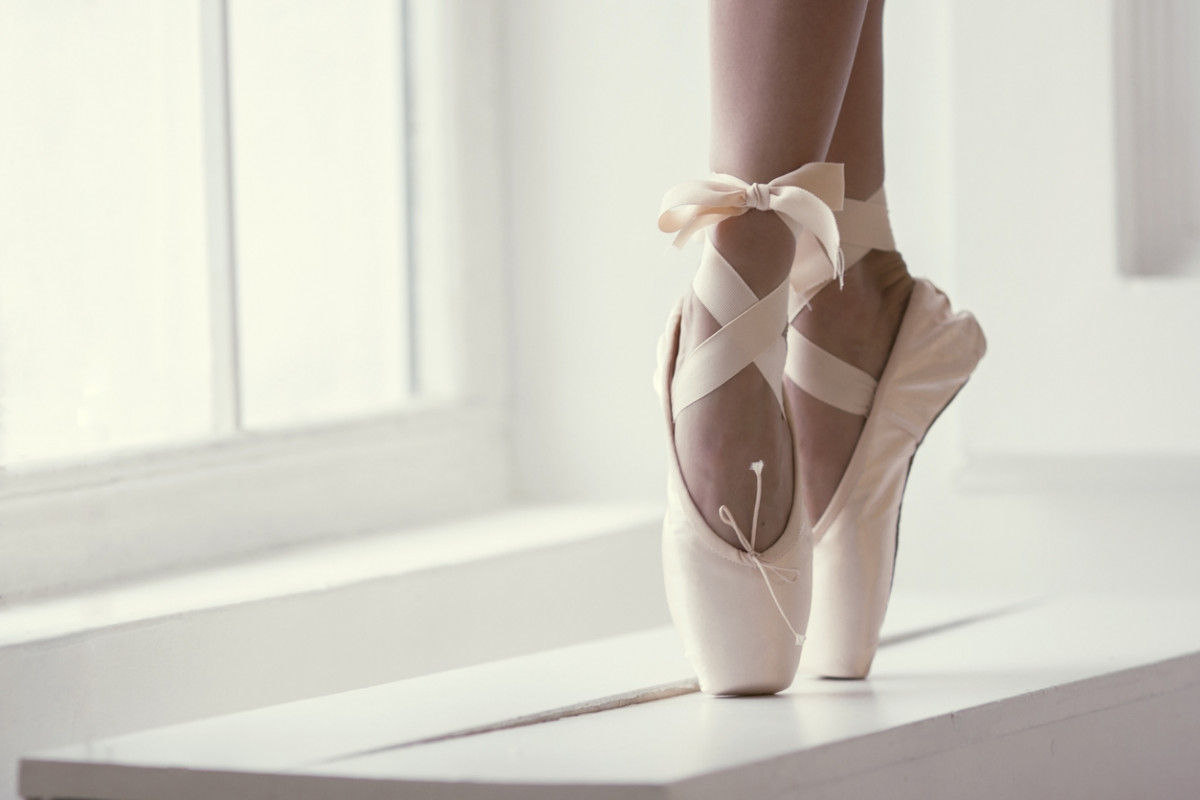
Starting on pointe is an exciting time for any dancer and many consider this to be the pinnacle in a ballet dancer’s career. As such, many dancers ask the question “How old do I need to be to start en pointe?”
The International Association for Dance Medicine and Science released guidelines in 2009 discussing when it is safe to begin pointe work. These guidelines recommended that a dancer should be aged 12 and above before starting, which is partly to avoid repetitive stresses on the bones in the feet of a young dancer, bones that are still growing. However, this is just one part of the puzzle so to speak.
Not everyone can have ideal anatomy, but we should aim to have ideal technique before going en pointe. Pointe work requires substantial physical ability and effort. Ballet dancing in technique shoes increases force on the foot and ankle by four times the dancer’s weight, whereas pointe work increases these forces up to 12 times the dancer’s weight. A dancer needs proper postural control (with good abdominal and trunk support), sufficient lower leg strength, and appropriate leg alignment to begin or continue working en pointe.
So with all that in mind, the question we should really be asking is what should I be able to do before starting en pointe?
What do I need?
- Correct alignment en pointe with the tip of the box correctly placed flat on the ground, avoid sickling or fishing
- Good pointe range: at least 180 degrees of ankle and foot range will help with alignment
- Be able to maintain turnout while dancing
- Demonstrate correct technique, alignment and pelvic stability in plie, releve and tendu devant, derriere and a la seconde
- Be able to perform 20 or more single leg toe rises while maintaining alignment
- Be able to balance on releve with the body correctly positioned over the supporting leg for 20 seconds or more
- Coordinate movement well, particularly in regard to varying approach to relevé (from plié, from straight leg, stepping or springing into, etc.)
If any of these terms are a little confusing, check out this ballet glossary for all the terms you need to know: http://www.balletdancersguide.com/ballet-terms.html
Many dance schools now require their students to complete a pre-pointe assessment before commencing pointe work, which basically assesses a dancers’ readiness for pointe. You can contact our clinics for more information about pre-pointe assessments or to book an appointment with one of our physiotherapists.
Each dancer is different and so each dancer will be ready for pointe at a different time. As George Bal- anchine, a renowned master choreographer says: “There is no reason to get a young dancer up on full pointe if she cannot do anything when she gets there!”
References:
- “When Can I Start Pointe Work? Guidelines for Initiating Pointe Training, An IADMS Resource Paper” by David S. Weiss, M.D., Rachel Anne Rist, M.A., and Gayanne Grossman, P.T., Ed.M. (full article at:http://www.iadms.org/displaycommon.cfm? an=1&subarticlenbr=185
- Solomon R, Micheli LJ, Ireland ML. Physiological assessment to determine readiness for pointe work in ballet students. Impulse. 1993;1(1):21-38








